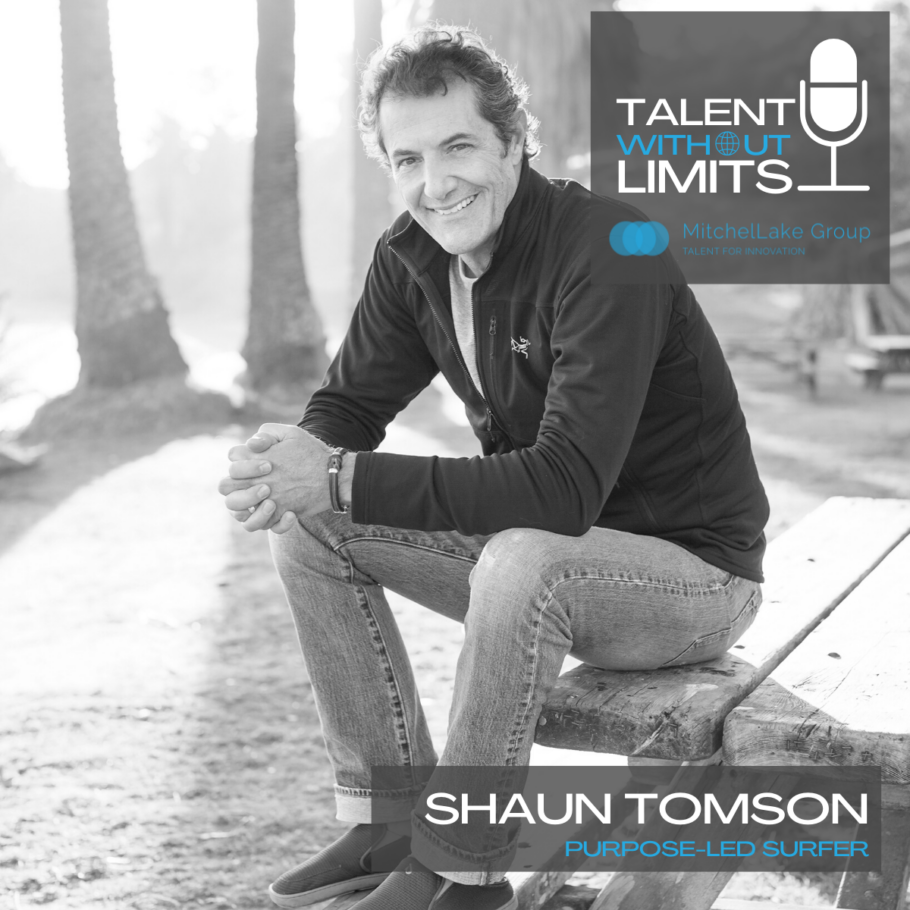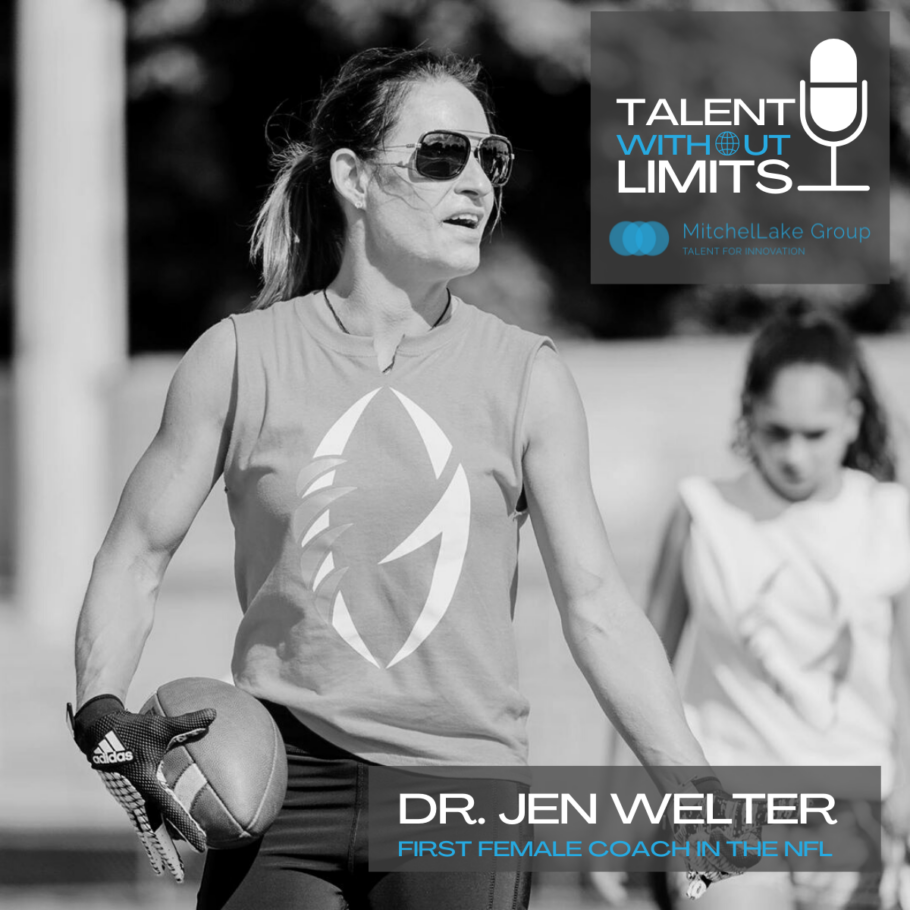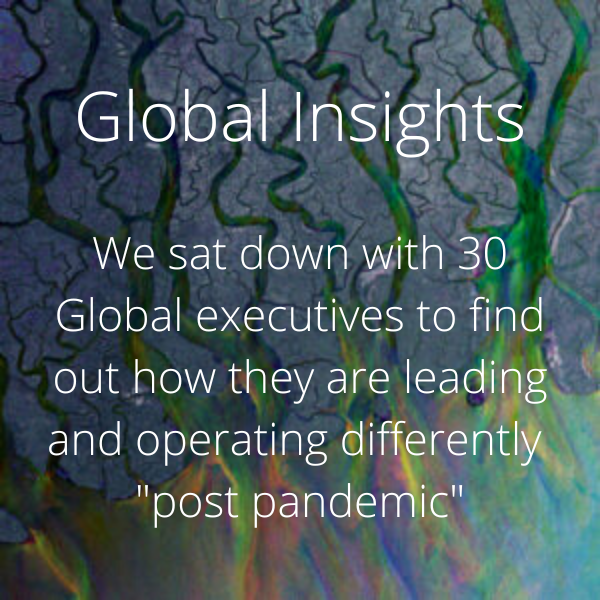How are we doing as people? Future Assembly asks the hard questions Posted at 0:00, Tue, 17 November 2015 in Industry Insights
How are we doing as people? If you took everything you know about the world, past and present, and rated us out of 10, how would humanity stack up?
This was the question that FutureCrunch Founders Angus Hervey and Tane Hunter asked the audience to answer in the opening presentation at Melbourne’s renowned Future Assembly event last Friday. MitchelLake’s very own Annie Denton and Nick Krekis both gave the human race moderately pessimistic scores of four and five, which were fairly consistent with the rest of the crowd. Like all good scientists, Angus and Tane let the facts paint a much more positive picture. Thanks to science and technology, the very things that this festival sets out to celebrate, humans are actually doing better now than they ever have before. The Melbourne-based think-tank acknowledges that we still have a host of challenges that threaten our progress, but that ideas and innovation have uplifted us enough to make 2014 statistically our “best year ever.”
Their talk was timely and thought provoking, as it highlighted the mainstream media’s role in directing our attention towards the worst atrocities over the positive innovations that have brought us forward. Keeping on theme, Angus and Tane pointed out that bad news actually outweighs the good by 20:1, capitalising on our biological inclination towards bad news (i.e. the media understands what rubbernecking is and knows how to use it to keep people watching). While the majority of the audience was presumably engaged enough to formulate opinions based on more than just mainstream media, the message was clear that we need to pay special attention to ever-expanding landscape of technologies that help us to tackle our problems and make the world a better place. While this is no small number, 10% of the world now lives in extreme poverty, vs. 80-90% of the world’s population in the 19th century. This is the most dramatic socioeconomic uplift for humanity 200 years, and the hope is that the innovations behind such improvements will continue through initiatives like “Random Hacks of Kindness” and the increasing push for open-source solutions to the world’s problems.
The two talks that followed, both by scientists at CSIRO, highlighted that Australia still has a long way to go if we want to keep expanding the possibilities that science and technology provide. We currently rank 18th out of OECD economies in funding for SciTech, and unfortunately R&D funding is at its lowest point in the last 30 years. This is a major roadblock that stands in the way of growth for great ideas. With the new possibilities provided by Big Data & Analytics (shout out to Toby & Gareth!), or scientific developments that allow for double the food production using the same amount of water (think controlled evaporation), Australians are now encouraged to come up with new funding models to help these innovations commercialise.
It goes without saying that Future Assembly brought together some of the tech world’s most innovative minds. Internet of Things was the talk of the Showgrounds as inventors and entrepreneurs showcased their products. We had a ball perusing the many interactive demos, which included numerous 3D Printers (one of which was actively printing an Iron Man mask), virtual reality goggles that let us take a walking tour of one of the apartments from The Block, drones, an engineless Tesla car, augmented reality games courtesy of One Fat Sheep, and Zorb Soccer (not really digital, but loads of fun).
The highlights were many, but one standout was a video game controlled by Eyes Decide’s eye-gaze tracking technology (imagine thinking “a little to the left” and making it happen instantaneously). The implications of this technology are far-reaching, as this startup has been able to apply their technology across healthcare and e-commerce. Imagine being able to understand your customer conversions and user experience through tracking heat maps and reports based on where people look versus where they drag their mouse. Eyes Decide has developed a disruptive technology that they are trialling with big names in classifieds and online marketplaces to do just that.
We ended the day by watching two inspiring talks by Sophie Blachford from Instagram and Slade Sherman (Head of Product at Buzz, and all-round IoT guru). As early adopters of Instagram and avid amateur brunch-photographers, both of us were enthralled with Sophie’s talk. Slade Sherman’s case study on IoT as a way to utilise new marketing channels and acquire better metrics on success was also extremely interesting. Plus, the connected Budweiser Red Light and connected Beer Fridge were definitely things that would have been great to have around during my share housing days at Uni!
All in all, Future Assembly put on a fantastic event showcasing some of the most innovative, disruptive technology that will surely be influencing our everyday lives. What do you think will be the most disruptive technology going into 2016? Get the conversation going on Twitter @MitchelLake.



